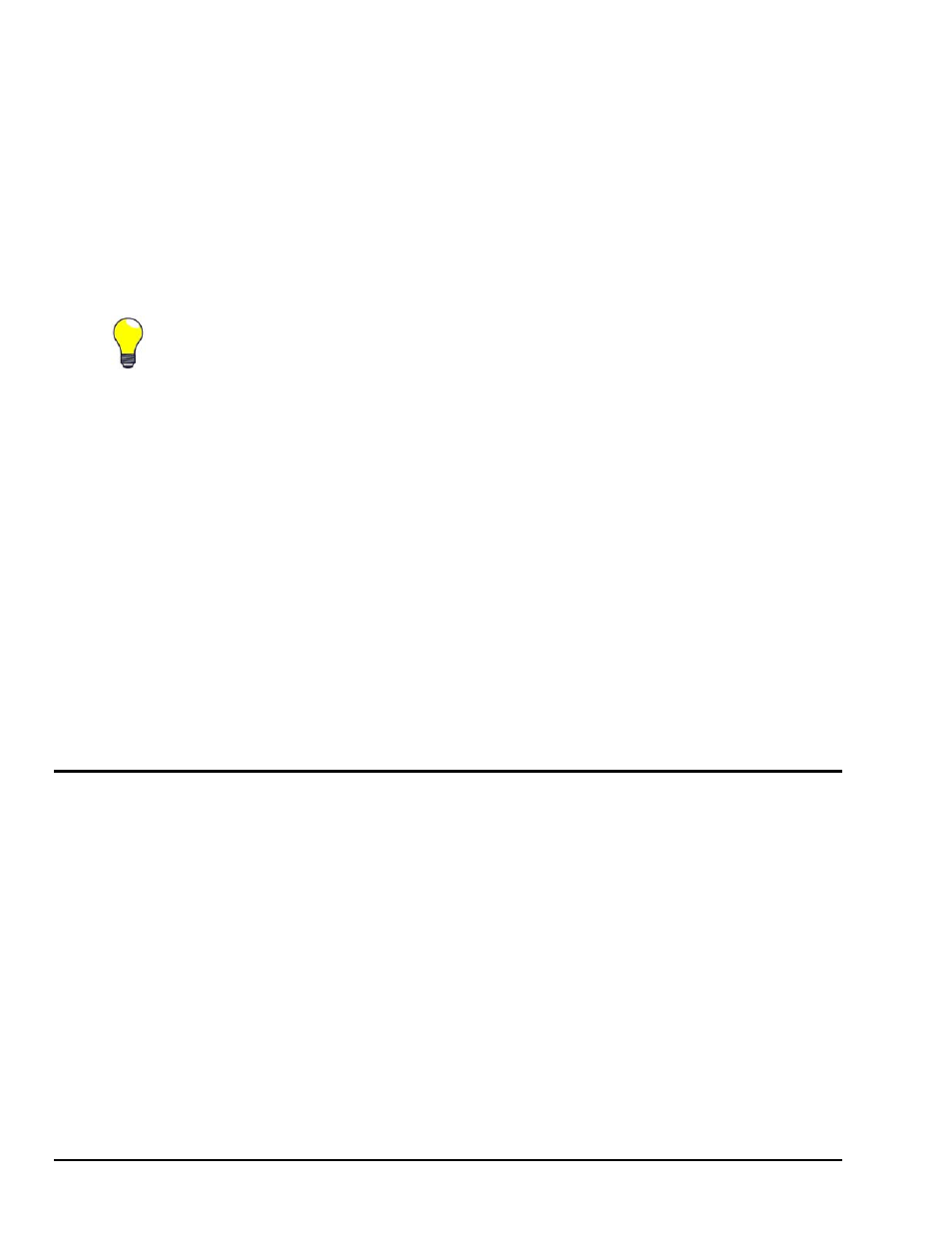System noise – Measurement Computing DaqBoard 3000USB Series User Manual
Page 124

B-4 Signal Modes and System Noise
938390
Appendix B
Cold Junction Compensation Techniques
The DaqBoard/3000USB Series boards can measure up to 4 channels of temperature. Each board employs three
thermistors to measure the junction temperature (at the TB7 terminal block) for each thermocouple connection. The
thermistors are located just behind the terminal block. The actual junction is on the TB7 terminal block, and
therefore there is some amount of error in each thermistor’s ability to measure actual junction temperature.
DaqBoard/3000USB software compensates for the thermal error between the CJC thermistor temperature and the
actual junction temperature at the terminal block. The units are profiled under controlled conditions (still air, 25°C,
60 minute warm-up, lying on a flat surface) and the thermal error is measured on a per channel basis. The per
channel CJC temperature offsets are then stored inside the unit in non-volatile memory, along with the calibration
constants.
Tips for Making Accurate Temperature Measurements
o
Use as much oversampling as possible (See Oversampling and Line Cycle Rejection,
page B-6
).
o
Apply Line Cycle Noise Reduction (See Oversampling and Line Cycle Rejection,
page B-6
).
o
Make sure the unit has been warmed up for at least 60 minutes, including thermocouple wires. This
allows the unit to thermally stabilize so the CJC thermistors can accurately measure the junction at the
terminal block.
o
Make sure the surrounding environment is thermally stabilized and ideally around 20°C to 30°C. If the
board’s ambient temperature is changing due to a local heating or cooling source, then the TC junction
temperature may be changing and the CJC thermistor will have a larger error.
o
Use small diameter thermocouple wire that is “instrument grade.” Small diameter thermocouple wire
will have less effect on the thermocouple junction at the terminal block, as less heat will be transferred
from the ambient environment to the junction.
o
Make sure the board is mounted on a flat surface.
o
If the unit will have a sustained ambient operating environment outside of the 20°C to 30°C range,
consider autozero mode as a way to reduce the effects of offset drift. Performing a Y=MX+B
adjustment at a desired ambient temperature can also be done. Make sure the unit has stabilized for
at least 60 minutes.
o
Be careful to avoid loading down the digital outputs or DAC outputs too heavily (>1 mA). Heavy load-
down will cause significant heat generation inside the unit and increase the CJC thermistor error.
System Noise
Laboratory and industrial environments often have multiple sources of electrical noise. An AC power line
is a source of 50/60 Hz noise. Heavy equipment (air conditioners, elevators, pumps, etc.) can be a source of
noise, particularly when turned on and off. Local radio stations are a source of high-frequency noise, and
computers and other electronic equipment can create noise in a multitude of frequency ranges. Thus, an
absolute noise-free environment for data acquisition is not realistic. Fortunately, noise-reduction techniques
such as averaging, filtering, differential voltage measurement, and shielding are available to reduce noise to
an acceptable level.
Averaging
Certain acquisition programs apply averaging after several samples have been collected. Depending on the
nature of the noise, averaging can reduce noise by the square root of the number of averaged samples.
Although averaging can be effective, it suffers from several drawbacks. Noise in measurements only
decreases as the square root of the number of measurements—reducing RMS noise significantly may
require many samples. Thus, averaging is suited to low-speed applications that can provide many samples.
Note
: Only random noise is reduced or eliminated by averaging. Averaging does not reduce or eliminate
periodic signals. Refer to the section, Oversampling and Line Cycle Rejection (page B-6 ).
